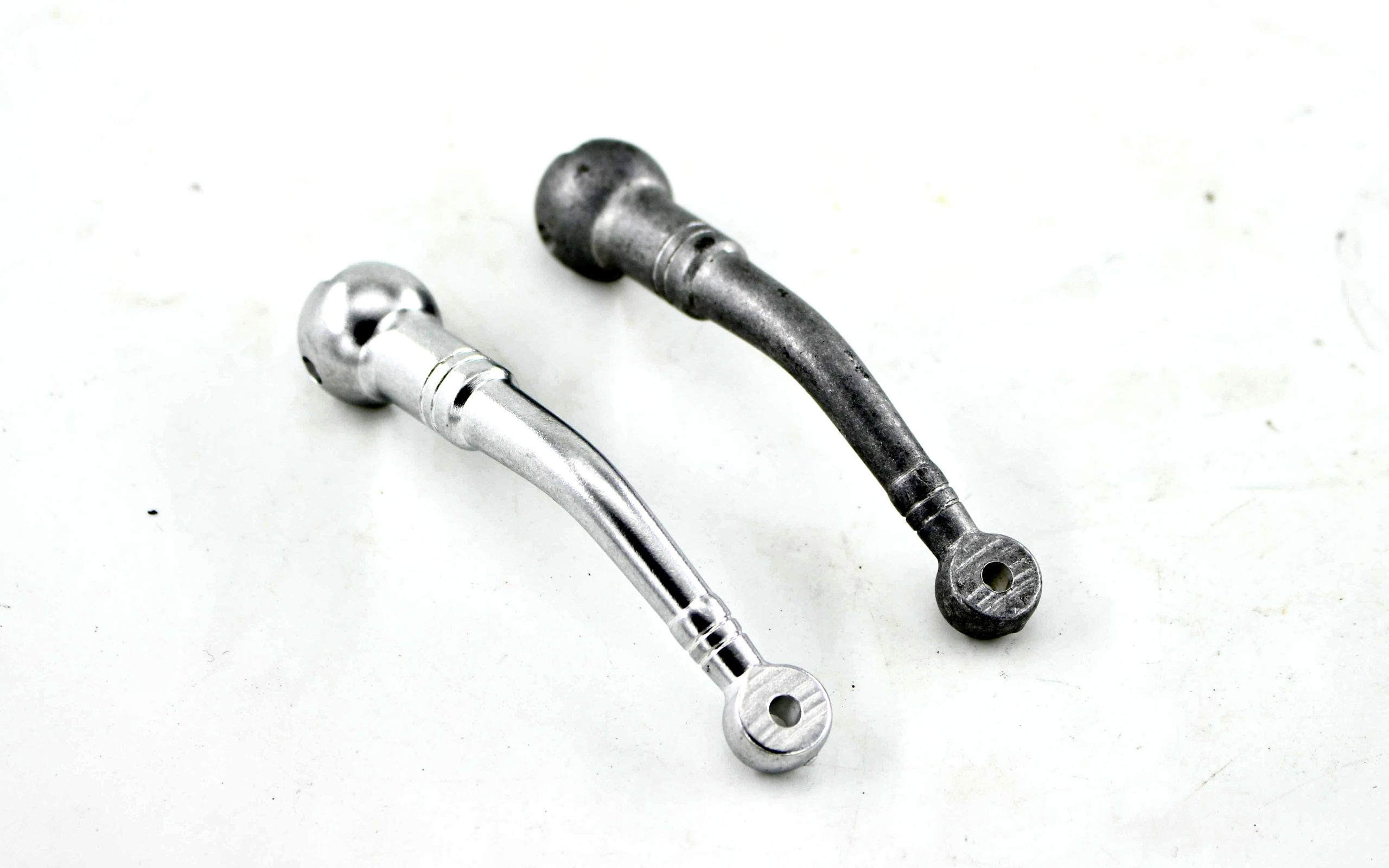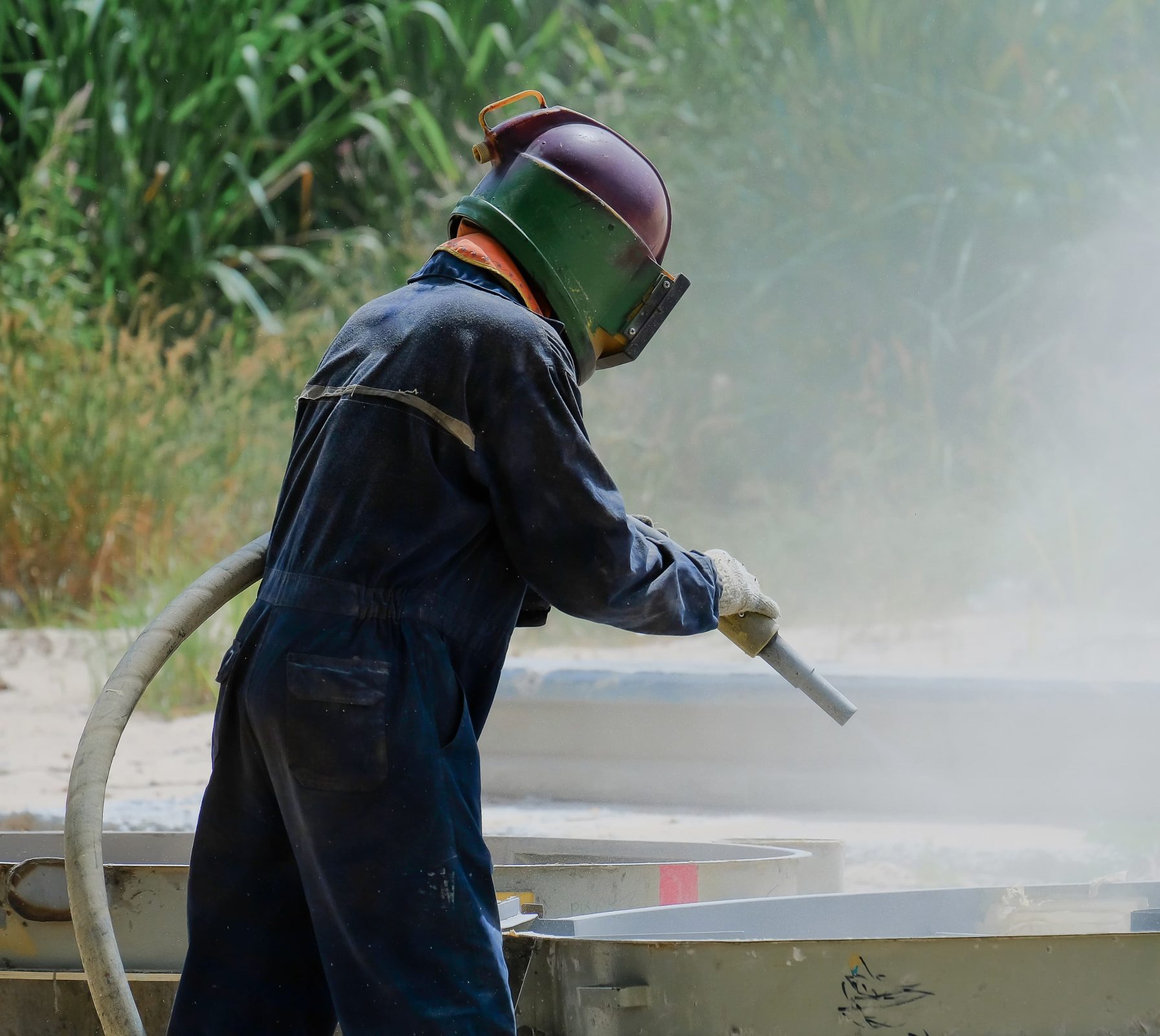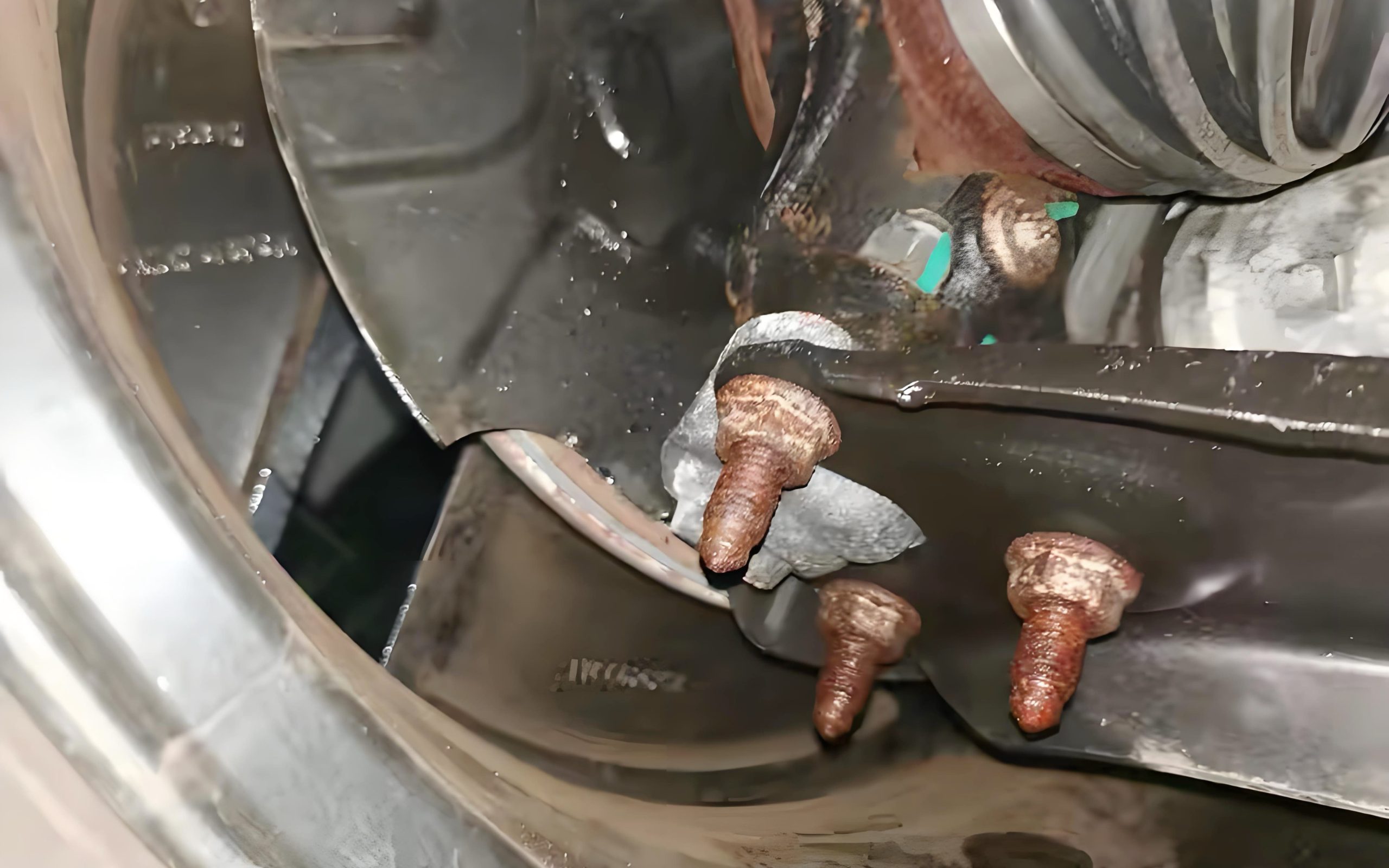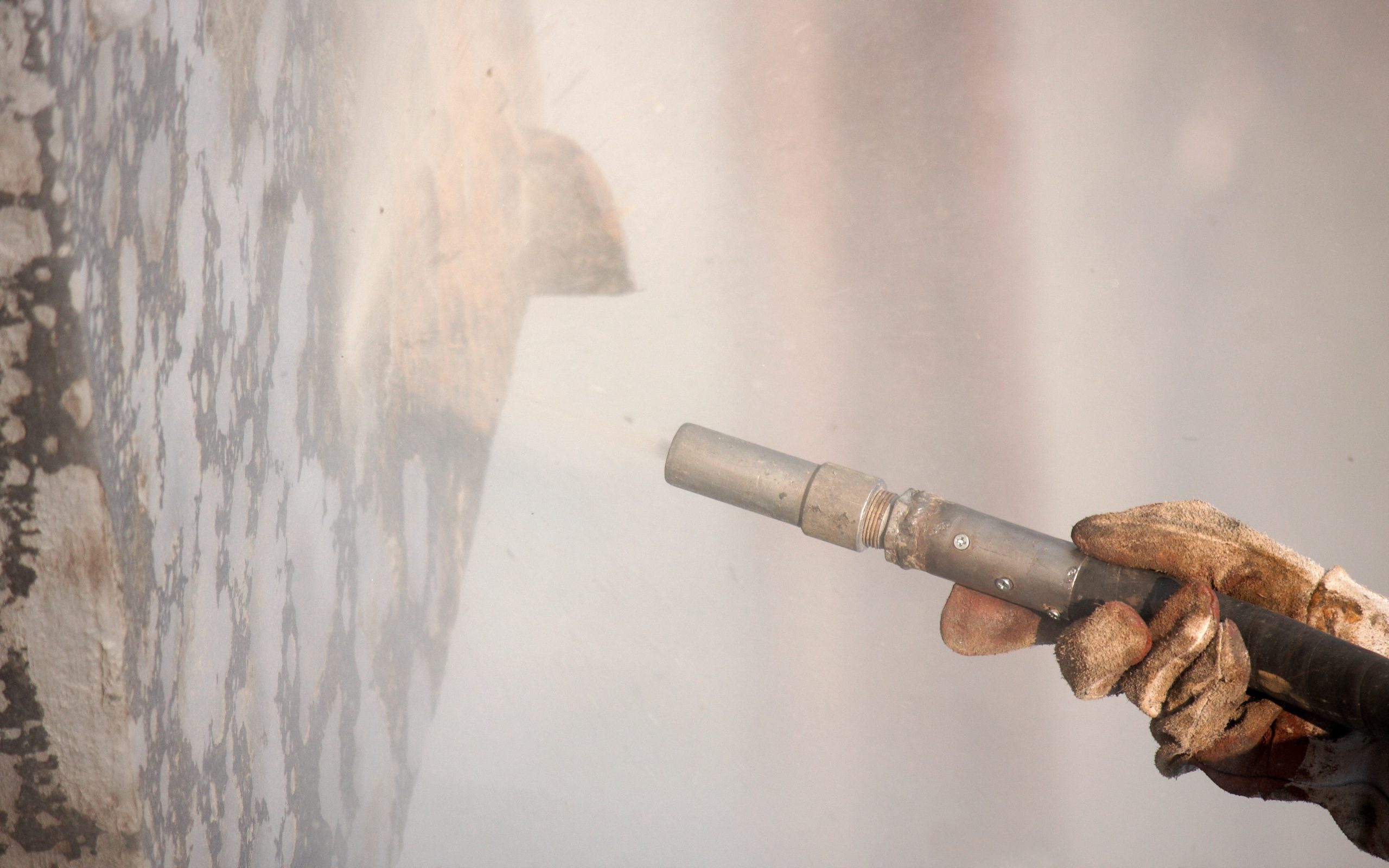Comprendre rapidement les produits d'ébavurage en nylon et polyamide
10 septembre 2024
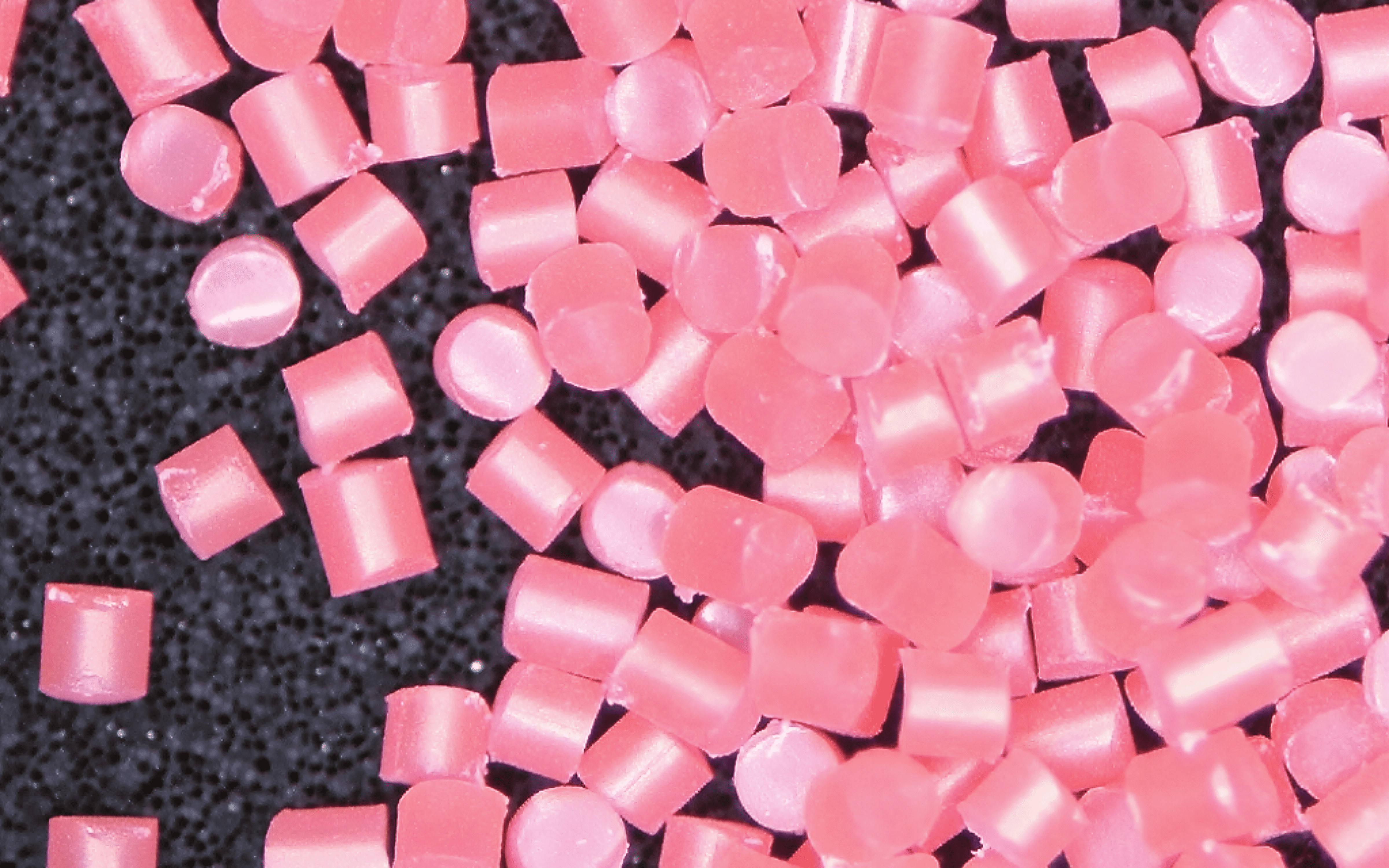
Dans la fabrication moderne, la technologie d'ébavurage est un lien essentiel pour garantir la qualité et les performances des produits. Les bavures n'affectent pas seulement l'apparence des pièces, mais peuvent également entraîner des difficultés d'assemblage et des défaillances fonctionnelles. C'est pourquoi le choix du bon média d'ébavurage est crucial pour améliorer la qualité des produits. Les médias d'ébavurage éliminent ces bavures par friction mécanique ou par impact afin d'améliorer la qualité et les performances des pièces. En tant qu'agent d'ébavurage efficace, le nylon polyamide (PA) est largement utilisé dans de nombreuses industries en raison de ses propriétés physiques et chimiques uniques. Cet article présente en détail les caractéristiques et les avantages, les applications et les bénéfices économiques des produits d'ébavurage à base de polyamide de nylon, afin de vous aider à mieux comprendre ce produit.
Qu'est-ce que le nylon polyamide ?
Le nylon polyamide est un matériau largement utilisé pour l'ébavurage et le traitement de surface des bords des produits en plastique thermodurcissable et des pièces métalliques. Il est constitué de monofilaments de polyamide et présente généralement des particules cylindriques ou polyédriques. En raison de ses performances efficaces en matière d'ébavurage et de sa capacité de traitement fin de la surface de la pièce, il est devenu un matériau de traitement de surface indispensable dans de nombreuses industries manufacturières. Les informations sur les produits peuvent être consultées ici. Voici une interprétation détaillée des données :
- Propriétés des matériaux
- Matériau
Il est composé uniquement de polyamide 6 (PA6), c'est-à-dire de nylon 6, qui possède d'excellentes propriétés mécaniques et une grande résistance chimique. Cela permet au nylon polyamide de supporter des charges mécaniques importantes pendant le processus d'ébavurage et est compatible avec une variété de matériaux de pièces, y compris les plastiques, le caoutchouc, le métal, etc. Le PA6 présente un bon équilibre entre résistance et ténacité, et n'est pas facilement cassé ou déformé par une pression ou une friction élevée, ce qui garantit la stabilité et l'efficacité du processus d'ébavurage.
- Forme des particules
Principalement des formes cylindriques et hexaédriques. Les différentes formes de particules permettent d'obtenir divers effets saisissants. Les particules cylindriques sont généralement utilisées pour produire un effet d'ébavurage plus doux et conviennent au traitement de surfaces fines, tandis que les particules hexaédriques conviennent mieux aux surfaces de pièces qui nécessitent une plus grande efficacité d'enlèvement, car leurs arêtes et leurs coins peuvent générer un frottement plus important. Les particules de différentes formes permettent de sélectionner le nylon polyamide de manière flexible en fonction des besoins de la pièce à usiner, ce qui permet d'améliorer l'efficacité du traitement tout en garantissant l'absence d'usure excessive lorsqu'un traitement de précision est nécessaire.
- Couleur
Le nylon polyamide est disponible dans une variété de couleurs : blanc laiteux translucide, jaune, rouge et vert. Cette apparence a en fait une importance pratique. Les polyamides de nylon de différentes couleurs peuvent aider les utilisateurs à distinguer facilement les types de médias dans les processus mixtes ou à plusieurs étapes et à améliorer l'efficacité opérationnelle. La différenciation des couleurs permet également d'identifier l'état d'usure, de faciliter le remplacement opportun des matériaux et de garantir la cohérence des résultats de traitement.
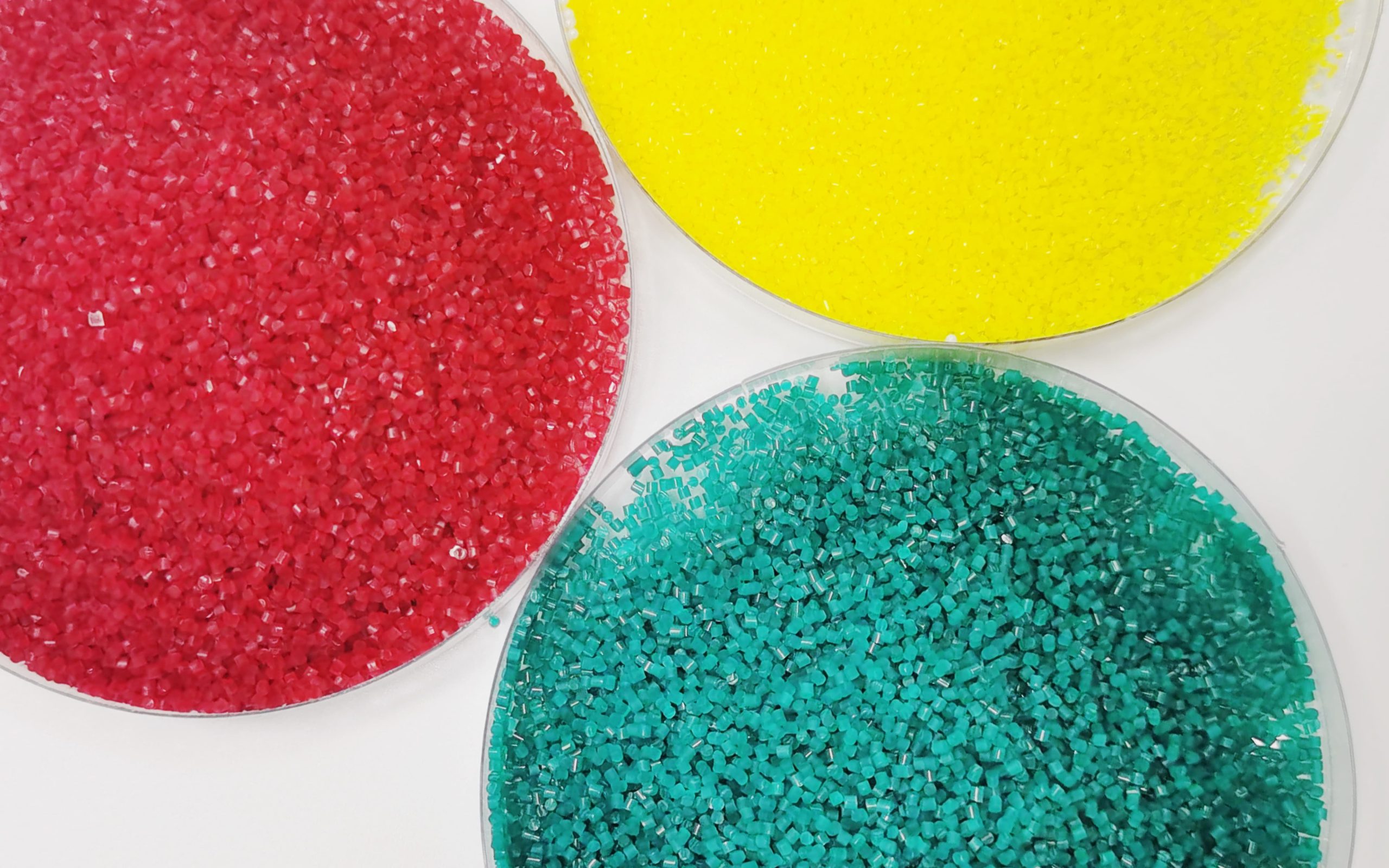
Différentes couleurs de nylon polyamide 6
- Propriétés physiques
- Gravité spécifique réelle
La densité réelle fait référence à la densité d'un matériau à l'état non poreux et sans bulles, et est généralement utilisée pour décrire les propriétés des matériaux solides. La densité réelle des produits d'ébavurage en nylon polyamide se situe entre 1,461 et 1,53, ce qui signifie que leur densité est de 1,461 à 1,53 fois supérieure à celle de l'eau. La densité élevée signifie que le nylon polyamide 6 a une meilleure résistance et durabilité, et qu'il peut fournir une capacité d'enlèvement plus forte en cas d'impact tout en évitant d'endommager les matériaux plus fragiles.
- Densité apparente
La densité apparente plus faible (0,93-0,96g/cm³) signifie que le nylon polyamide occupe un volume relativement important dans le conteneur et peut couvrir une plus grande surface, améliorant ainsi l'uniformité du processus d'ébavurage. Cela permet de traiter la surface de la pièce de manière plus uniforme et de réduire les omissions.
- Taux d'absorption d'eau
Le taux d'absorption d'eau est une mesure de la capacité du matériau à absorber l'eau dans un environnement humide. Le nylon polyamide 6 a un faible taux d'absorption d'eau (1,8%) et peut conserver ses propriétés mécaniques et sa stabilité dimensionnelle dans un environnement humide. Même dans un environnement de traitement humide ou nécessitant un refroidissement à l'eau, les opérations d'ébavurage peuvent encore être effectuées efficacement sans erreurs de traitement causées par le gonflement dû à l'absorption d'eau.
- Propriétés mécaniques
- Résistance à la traction
La résistance à la traction est une mesure de la capacité du matériau à résister à la force de traction. La résistance à la traction élevée du nylon polyamide 6 (750 kg/cm²) signifie qu'il n'est pas facile de le casser ou de l'user en cours d'utilisation, et qu'il peut rester stable pendant longtemps dans des conditions de charge élevée (haute pression, forte friction), ce qui prolonge sa durée de vie et réduit les coûts des matériaux.
- Contrainte de flexion
La contrainte de flexion est une mesure de la capacité d'un matériau à résister à la déformation par flexion, ce qui signifie qu'il ne se déformera pas facilement lorsqu'il frappe ou entre en contact avec une pièce à grande vitesse. Le polyamide Nylon a une contrainte de flexion élevée (1000kg/cm²), ce qui permet d'obtenir une force d'impact et un effet d'enlèvement constants pendant le traitement, et convient particulièrement au traitement de surfaces de pièces dures ou irrégulières.
- Retrait du moulage
Le retrait de moulage indique le changement dimensionnel d'un matériau lorsqu'il refroidit. Le faible retrait du nylon polyamide (1,2-1,5) lui permet de conserver sa stabilité dimensionnelle dans des environnements à haute température ou après le moulage, sans déformation ou changement de volume significatif, ce qui garantit l'homogénéité et la précision du traitement.
- Propriétés thermiques
- Température de déformation thermique (HDT)
La température de déformation thermique désigne la température à laquelle un matériau se déforme sous une certaine pression. Le nylon polyamide 6 a une HDT allant jusqu'à 205℃, ce qui signifie qu'il peut conserver sa forme et sa résistance dans des environnements à haute température, et qu'il ne se ramollit pas ou ne se déforme pas en raison de la température élevée, ce qui le rend très approprié pour l'ébavurage dans les processus à haute température.
- Point de fusion
Le point de fusion du nylon polyamide est de 220℃, ce qui signifie qu'il peut rester solide dans un environnement proche de cette température. Le nylon polyamide convient donc aux traitements à haute température, tels que l'ébavurage de pièces thermoplastiques.
- Autres caractéristiques
Le nylon polyamide 6 a une faible résistivité de surface, ce qui signifie qu'il possède de bonnes propriétés d'isolation électrique, garantissant que le nylon polyamide ne génère pas d'électricité statique lors du traitement d'équipements électroniques ou de précision, évitant ainsi d'endommager les pièces par décharge électrostatique, ce qui est particulièrement important pour le traitement de pièces électroniques ou d'autres pièces sensibles à l'électricité statique.
En outre, le nylon polyamide 6 ne produit pas d'odeur pendant le traitement. Cette propriété inodore améliore la qualité de l'environnement de travail de l'usine et réduit l'impact sur la santé des travailleurs.
Caractéristiques et avantages
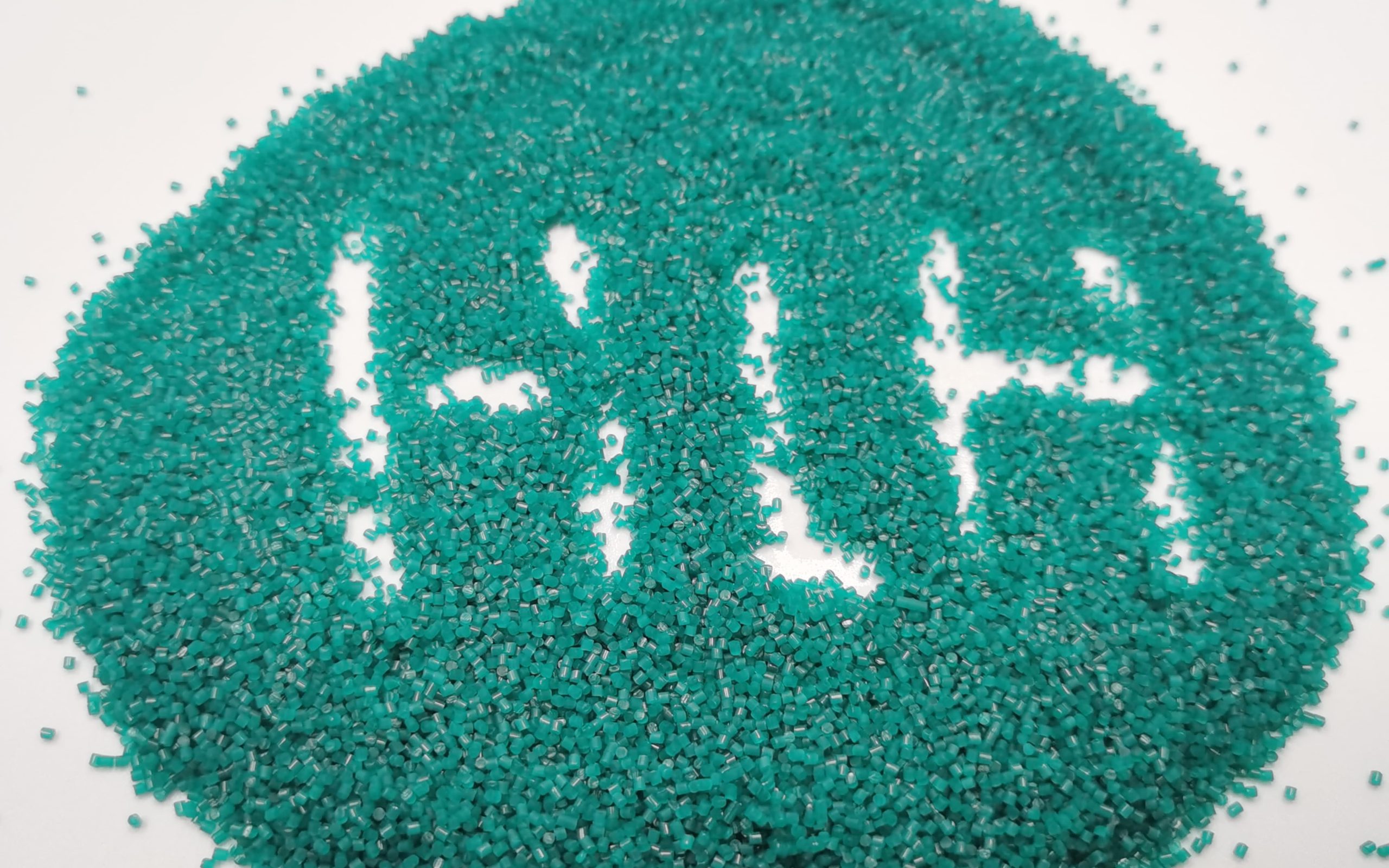
Sur la base des informations ci-dessus, j'ai résumé les cinq principales caractéristiques des produits d'ébavurage en nylon-polyamide et leurs avantages respectifs :
- Haute résistance à l'usure
Le nylon polyamide présente une excellente résistance à l'usure, peut conserver une capacité de broyage efficace pendant une longue période et s'ébavurer rapidement. En même temps, il peut maintenir la stabilité et la consistance du milieu lui-même lors d'une utilisation intensive, ce qui réduit la nécessité d'un remplacement fréquent et les coûts d'entretien.
- Excellente élasticité
La résistance mécanique et l'élasticité du nylon polyamide lui permettent de manipuler efficacement des matériaux de dureté et de forme différentes pendant le processus d'ébavurage, en particulier pour les pièces à géométrie complexe et les zones difficiles d'accès. Son excellente résistance aux chocs garantit qu'il n'est pas facile de le casser lors d'opérations à haute intensité, et sa bonne élasticité permet d'obtenir des effets de meulage uniformes, améliorant ainsi la qualité et la précision du traitement.
- Propriétés chimiques stables
Le nylon polyamide 6 présente une bonne résistance à la corrosion de nombreux produits chimiques, y compris les graisses, les acides, les alcalis et les solvants chimiques, et peut supporter des températures et une humidité élevées, s'adaptant ainsi à une utilisation dans divers environnements industriels, réduisant la dégradation des performances causée par les environnements difficiles, améliorant ainsi la fiabilité et l'économie globales de la production.
- Moins de poussière
Le nylon polyamide 6 produit très peu de poussière pendant le processus d'ébarbage, ce qui peut réduire le besoin de systèmes de ventilation, et il est peu bruyant, ce qui est très respectueux de la santé des travailleurs et répond aux exigences de l'industrie moderne en matière de protection de l'environnement de travail.
- Excellente performance de traitement
Le nylon polyamide peut être facilement transformé en différentes formes et tailles, ce qui le rend adapté à différentes exigences d'application. Cette flexibilité permet au nylon polyamide d'être largement utilisé dans différents domaines industriels et de répondre à des exigences de processus spécifiques, améliorant ainsi l'efficacité et l'effet du processus d'ébavurage.
Domaines d'application
- Impression 3D
- Élimination des matériaux de support et des bavures : Au cours du processus d'impression 3D, les pièces imprimées présentent généralement des bavures générées par les matériaux de support ou le processus d'impression. Le média d'ébavurage en nylon polyamide peut éliminer efficacement ces parties indésirables afin de garantir que la surface des pièces imprimées est lisse et fine.
- Traitement de surface : Le nylon polyamide peut également être utilisé pour polir la surface des pièces imprimées en 3D afin d'en améliorer la brillance et le toucher.
- Réduire les délais de traitement : Selon les données expérimentales de l'industrie de l'impression 3D, le support en nylon polyamide peut réduire le temps de traitement d'environ 30% dans le processus d'élimination des matériaux de support et des bavures des pièces imprimées en 3D.
- Fabrication automobile
Élimination des bavures de coulée : Au cours du processus de moulage des pièces automobiles, des bavures apparaissent à la surface du moulage. Les médias d'ébavurage en nylon polyamide peuvent éliminer ces bavures afin de garantir la précision et la qualité des pièces. En outre, le coût du traitement et de la finition ultérieurs est également réduit. D'après les données fournies par les constructeurs automobiles, le coût de production de chaque véhicule peut ainsi être réduit d'environ 5%.
- Aérospatiale
- Élimination des bavures de fraisage et de perçage : Dans le processus de fabrication des pièces aérospatiales, la précision des pièces est cruciale. Le fraisage et le perçage sont généralement nécessaires et les bavures générées doivent être éliminées. Les médias d'ébavurage en nylon polyamide peuvent éliminer efficacement ces bavures, garantir la précision et la fiabilité des pièces et répondre aux normes strictes de l'industrie.
- Polissage de la surface : Le nylon polyamide 6 peut également être utilisé pour polir la surface des pièces aérospatiales afin d'améliorer le lissage et la durabilité de la surface. Selon les données de l'Aerospace Engineering Journal, les pièces traitées au nylon polyamide ont une durée de vie supérieure d'environ 15% à celle des pièces non traitées.
- Fabrication électronique
- Élimination des bavures sur les composants électroniques : Pour les composants électroniques qui nécessitent des connexions précises, les bavures ou les irrégularités à la surface causeront une utilisation ultérieure. Le nylon polyamide peut éliminer efficacement ces bavures, améliorer la précision de l'appariement des composants et garantir la fonctionnalité et la fiabilité des composants électroniques.
- Améliorer la fiabilité des produits : L'élimination des bavures sur les composants électroniques peut améliorer la fiabilité globale du produit et réduire le taux de défaillance. Selon le test de l'Electronics Manufacturing and Testing Journal, le taux de défaillance des composants électroniques traités avec du nylon polyamide est réduit d'environ 20%.

Composants électroniques nécessitant une manipulation précise
Avantages économiques et protection de l'environnement
Avantages économiques
- Rapport coût-efficacité
Le nylon est un matériau mature dont le processus de production est très avancé, ce qui lui confère un coût relativement stable et compétitif. En outre, le nylon présente une bonne aptitude à la transformation et peut être traité selon diverses méthodes, telles que le moulage par injection, l'extrusion et le moulage par soufflage. Cette flexibilité permet d'améliorer l'efficacité de la production et de réduire les coûts de transformation.
- Durabilité et longue durée de vie
Le nylon présente une excellente résistance à l'usure et réduit les besoins de remplacement et d'entretien, ce qui le rend économiquement avantageux à long terme. En outre, la grande résistance aux chocs du nylon rend le produit plus durable en utilisation réelle, ce qui réduit la fréquence des dommages et des remplacements, ainsi que le coût global d'utilisation.
- Léger
En tant que matière plastique, le nylon a une faible densité et peut donc être utilisé pour remplacer les matériaux métalliques traditionnels afin de réduire le poids du produit final. Cette solution est particulièrement économique pour les applications qui nécessitent une réduction du poids, telles que l'automobile et l'aérospatiale, ce qui permet d'améliorer le rendement énergétique et de réduire les coûts de transport.
- Flexibilité de la conception
Le nylon peut être transformé en pièces de formes complexes grâce à diverses techniques de moulage, ce qui réduit le nombre de pièces nécessaires à l'assemblage. Cette liberté de conception peut réduire les coûts de production et d'assemblage tout en améliorant les performances et l'esthétique du produit.
- Recyclage et réutilisation
Les matériaux en nylon ont une bonne capacité de recyclage et le nylon recyclé peut être utilisé pour fabriquer de nouveaux produits, ce qui réduit encore les coûts des matériaux et la charge environnementale.
Respect de l'environnement
- Protection de l'environnement pendant la production
La transformation du nylon produit généralement moins de déchets, en particulier dans les processus tels que le moulage par injection et l'extrusion. Cela permet de réduire l'impact sur l'environnement pendant la production. En outre, les procédés modernes de production du nylon ont été optimisés et l'efficacité énergétique a été améliorée, ce qui permet de réduire la consommation d'énergie et les émissions au cours de la production.
- Durabilité
Aujourd'hui, de plus en plus de produits en nylon commencent à utiliser des matières premières d'origine biologique (telles que les polyamides d'origine végétale) afin de réduire la dépendance à l'égard des ressources pétrolières. L'utilisation de ces matériaux permet de réduire l'empreinte carbone et l'impact sur l'environnement. Bien que le nylon traditionnel ne soit pas facile à dégrader, de nouveaux nylons biodégradables sont en cours de développement pour réduire la pollution de l'environnement.
- Durée de vie et réduction des déchets
La durabilité et la résistance à la corrosion du nylon font que le produit est moins susceptible d'être remplacé au cours de son cycle de vie, ce qui permet de réduire la production de déchets et d'avoir une longue durée de vie. De plus, grâce à sa bonne durabilité, il réduit la fréquence de l'entretien et du remplacement, ce qui contribue à réduire la consommation globale de ressources et l'impact sur l'environnement.
- Conservation des ressources
Le nylon est très léger, ce qui permet de réduire la consommation d'énergie lors du transport et de l'utilisation des produits, ainsi que les émissions de carbone. Dans certaines applications, le nylon peut remplacer des matériaux rares ou à forte intensité de ressources tels que le métal ou le verre, réduisant ainsi la demande de ces matériaux.
Les produits d'ébavurage en polyamide de nylon se distinguent dans la fabrication moderne par leurs excellentes propriétés physiques et chimiques, et mettent en œuvre la combinaison parfaite de la technologie et de la protection de l'environnement. Du traitement fin de l'impression 3D à la finition des pièces moulées dans la construction automobile, en passant par le traitement de précision des pièces aérospatiales et l'amélioration de la fiabilité des composants électroniques, le nylon polyamide a démontré son charme à multiples facettes et sa valeur pratique dans divers domaines. Grâce à l'introduction de cet article, je pense que vous avez une connaissance de base de ce produit. Avec le développement de la science et de la technologie, ce support continuera d'apporter davantage de possibilités et de percées à l'industrie manufacturière, ce qui nous mènera vers un avenir plus durable et de meilleure qualité.
Filtres





